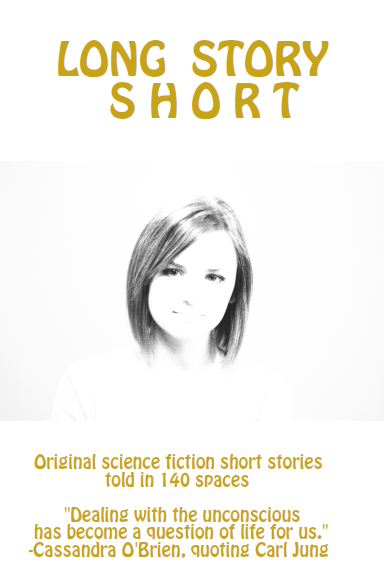Considering that I’m an advocate for increasing diversity of characters in narrative fiction, it may seem odd or hypocritical that not only is my main character (Cassandra O'Brien) caucasian in my Arcanum fiction, but so are most of my "minor" characters. Why? How did this happen?
As much as I endorse and encourage increasing the prevalence and presence of non- white characters in our stories, I also believe we should not contrive them “just because”. Because if you force your characters to be something they are not, then they become false, inauthentic. Maybe it is due to my experience as a white male existing in white person dominated social circles, but I’ve always envisioned my white characters in Arcanum as white people. Cassie O’Brien appeared to me as a white woman.
To make her anything else would not be right; because “anything else” is not what she is.
I could have made her mentor Professor Nelson a woman. Indeed, ideally, I would actually prefer if that character were a woman-— putting an older female in a position of power/ authority, and contravening the "older man teacher" trope.
I would not have to change much of anything to make him into a her… but that is not how the character manifested in my imagination. Instead, I made his assistant not only a woman, but a white woman! Which, on a certain level, goes against my desire for a more diverse cast of characters, and to aschew tropes.
But that character is a middle aged white woman in my mind. Nothing I could do about that.
Coincidentally, Cassie’s friend Efram is a white male; not subservient to the main character, but equal.
Although Cassie is the main character, she is never portrayed or intended as superior to or “better than” the rest of the cast. When I initially made Cassie’s other friend Akasha another white female, she seemed off, didn’t feel right.
Not just because there was a sense of imbalance... not because there were too many white people--- but because I realized that Akasha was not white. She was supposed to be Japanese. Furthermore, unlike my other characters, she happens to be gay. The only gay person in the ensemble. Not because she is designed as a token homosexual, but because that is who she is. Or rather, part of what she is. Likewise with Cassie’s friend Gevrall, I didn’t make him black to be a token black guy, but because he came to my mind as a black man.
And as with Efram… Akasha and Gevrall are depicted as being on even standing with Cassie. Akasha and Gevrall are not less than Cassie or Efram because Gevrall is black and Akasha is female and Asian.
Also, Gevrall and Akasha are not victims or vehicles of racial or cultural cliche. Nor does Cassie suffer from female stereotypes.
And none of Cassie’s supporting cast are actually treated as support personnel; none are “less than” for not being the main character, nor for not being a dreamwalker.
By happenstance and not design, my cast has an evenly split ratio between male and female; one gender does not dominate.
I do have a variety of other races playing guest roles, but most of the primary cast is white.
Ultimately, what’s more important than diversity is making racial, gender or sexual characteristics irrelevant or moot as defining traits. It doesn’t matter what race, gender or sexual orientation they are.
What matters is that they be allowed and enabled to be themselves. I don’t want race, gender or sexual orientation be a major defining factor in who they are.
Just as you do not (or should not) put someone in a position merely based on their gender or race instead of based on qualifications and merit, you don't properly manufacture characters this way, either. They should be generated according to the story they develop from and within.
Always, Story is paramount, and should be developed organically… not dictated to or constrained by agenda.
As in real life, such details are—and should be treated as-- only pieces, not the whole of them.
Thursday, February 16, 2012
Subscribe to:
Post Comments (Atom)





















No comments:
Post a Comment